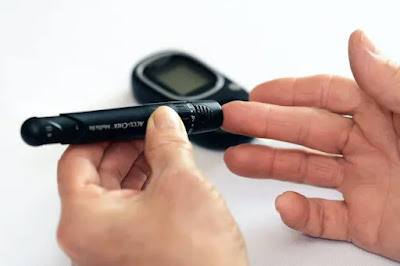Louis Gossett Jr., the first Black man to win a supporting actor Oscar and an Emmy winner for his role in the seminal TV miniseries Roots, has died. He was 87.
Gossett's nephew told The Associated Press that the actor died Thursday night in Santa Monica, Calif. No cause of death was revealed.
Born on May 27, 1936, in Brooklyn, New York, Lou Gossett Jr. has cemented his legacy as one of Hollywood's most talented and versatile actors. With a career spanning over six decades, Gossett has left an indelible mark on film, television, and the stage, earning critical acclaim and numerous accolades along the way.
Early Life and Career Beginnings
Growing up in a working-class family, Gossett was introduced to the performing arts at an early age. His father was a porter and his mother a nurse's aide, but it was his interest in acting that set him on a remarkable journey. As a teenager, he attended Abraham Lincoln High School, where he discovered his passion for drama and began honing his craft in school productions.
After high school, Gossett enlisted in the United States Air Force, where he served for four years. His time in the military not only instilled in him a sense of discipline and dedication but also provided him with opportunities to perform in Air Force theatrical productions. It was during this period that he realized his calling and decided to pursue acting professionally.
Breaking into Hollywood
Gossett's big break came in the 1960s when he landed roles in off-Broadway productions and made his film debut in the 1961 crime drama "A Raisin in the Sun." However, it was his portrayal of Fiddler in the groundbreaking miniseries "Roots" (1977) that catapulted him to stardom. The role earned him an Emmy Award for Outstanding Lead Actor in a Limited Series or Movie, making him the first African American male to win in that category.
Following the success of "Roots," Gossett continued to make his mark in Hollywood with memorable performances in films such as "The Deep" (1977), "An Officer and a Gentleman" (1982), and "Iron Eagle" (1986). It was his portrayal of tough-as-nails drill instructor Gunnery Sergeant Emil Foley in "An Officer and a Gentleman" that earned him widespread acclaim and his first Academy Award for Best Supporting Actor.
A Versatile Talent
Throughout his career, Gossett has showcased his versatility by taking on a wide range of roles across various genres. From playing historical figures to complex characters, he has demonstrated his ability to immerse himself fully in every role he undertakes.
In the 1980s, Gossett starred in the sci-fi series "The Powers of Matthew Star" (1982-1983) and the acclaimed TV movie "Sadat" (1983), where he portrayed Egyptian President Anwar Sadat. His performance in "Sadat" earned him a Golden Globe Award for Best Actor in a Television Film.
Gossett's commitment to his craft and dedication to telling meaningful stories led him to tackle socially relevant topics. In the 1990s, he starred in the drama "The Josephine Baker Story" (1991), portraying the manager and confidant of the iconic entertainer. He also took on roles in films such as "A Good Man in Africa" (1994) and "The Tuskegee Airmen" (1995), the latter earning him an NAACP Image Award for Outstanding Actor in a Television Movie.
Advocacy and Impact
Beyond his contributions to the entertainment industry, Gossett is known for his advocacy work and dedication to social causes. He has been a vocal supporter of civil rights, equality, and education, using his platform to raise awareness about important issues.
Gossett founded the Eracism Foundation, an organization aimed at promoting tolerance, nonviolence, and unity among all races. Through his foundation, he has developed programs to empower young people and foster a greater sense of understanding and empathy in communities.
In addition to his advocacy work, Gossett has been recognized for his contributions to the arts and his impact on future generations of actors. In 2010, he received a star on the Hollywood Walk of Fame, honoring his illustrious career and enduring legacy.
Legacy and Continued Influence
As a trailblazer in Hollywood, Lou Gossett Jr. has paved the way for generations of African American actors and artists. His powerful performances, unwavering dedication to his craft, and commitment to social justice have solidified his status as a true icon.
Whether portraying historical figures, complex characters, or everyday heroes, Gossett's presence on screen is always captivating. His ability to convey depth, emotion, and authenticity has earned him the respect and admiration of audiences and peers alike.
Today, up to his death... his passion for acting, his advocacy for social change, and his unwavering commitment to made the world a better place. His legacy serves as a testament to the enduring power of storytelling and the profound impact that one individual can have on the world.
In conclusion, Lou Gossett Jr. stands as a legendary figure in the entertainment industry, celebrated for his talent, integrity, and advocacy. From his groundbreaking roles to his tireless efforts to promote equality and justice, he remains a shining example of excellence and inspiration for generations to come.
Source: Some or all of the content was generated using an AI language model







_(cropped)-1427954388.jpg)

















